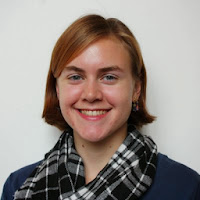 |
| Follow on Twitter as @catenotkatie |
According to Mat-Su Borough School District Math and Science Coordinator John Gardner, Alaska was one of the first states in the nation to give the Scholastic-published program MATH 180 a test run, with 130 Valley middle school students last year.
On the program website, MATH 180 is described as “a revolutionary math intervention program designed to address the needs of struggling students and their teachers equally, building students’ confidence with mathematics and accelerating their progress to algebra.”
In short, Gardner said, the “intervention” is to get students caught up in math before they get too far behind.
Scholastic Director of Corporate Communications, Tyler Reed, explained the need for such a program.
 |
| Photo: FreeDigitalPhotos.net |
“Helping students who are behind in math is a particularly difficult challenge, but so important at this stage since Algebra is such an important gateway (and often a stumbling block) on the way to graduation,” Reed wrote in an email.
So far, the program seems have done a good job facing that challenge. Gardner said 250 students are currently enrolled in the program at Colony, Houston, Palmer Junior, Teeland and Wasilla Middle Schools, and also Valley Pathways School, which now has a middle school component.
At the end of last school year, Gardner said, students showed an average year and a half worth of improvement.
“For a program like this to deliver more than a year of growth is pretty amazing,” Gardner said.
MATH 180 is an example of “blended learning,” a phrase used to describe the mix of technology and in-person learning in the classroom. It is similar to the READ 180 program, which has been used in the district for a number of years, Gardner said.
In the math program, students are split into two groups: one receives direct teacher instruction, while the other works at the computer, using interactive software to practice the skills of the current lesson or move onto the next lesson, provided they have demonstrated an appropriate level of proficiency.
Read more...
Source: Mat-Su Valley Frontiersman












